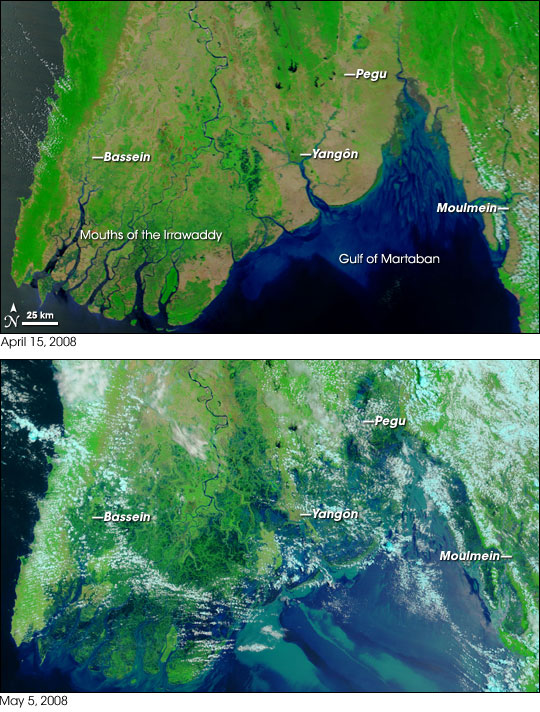Living with hurricanes is a fact of life for the billions of people who reside along the coast. Indeed, some of the world’s most deadly natural disasters have been tropical weather events including the Great Bhola Cyclone of 1970, which struck Bangledesh and killed as many as 500,000 people (primarily as a result of storm surge), and Cyclone Nargis, which made landfall in Myanmar in 2008, causing catastrophic destruction and at least 138,000 fatalities. In the U.S., the most deadly hurricane was the Galveston Hurricane of 1900 that killed more than 6,000 people. Since tropical cyclones have ranked among the deadliest disasters of all time, much scientific research is being conducted regarding these tropical weather events. Scientific advances in understanding the behavior of hurricanes have dramatically improved the ability to prepare for hurricanes and protect homes and businesses when they do strike. Yet, despite this progress, millions of people still fail to adequately protect their homes against hurricanes, putting themselves and their family at serious risk. Social scientists and policy makers are now looking at using classroom education more aggressively to teach the importance of hurricane preparedness and mitigation. Mitigation and Preparation to Response and Recovery:
|


